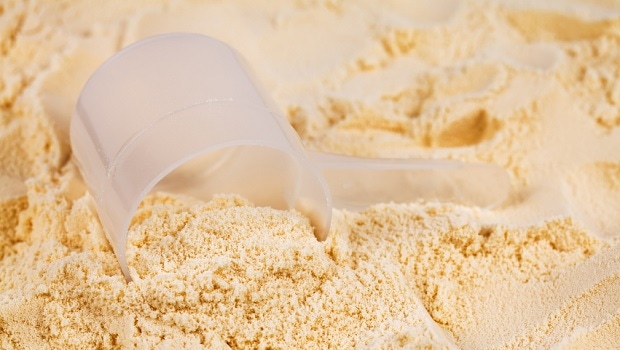Global whey protein market to hit $13.5 billion by 2020
The global market for whey protein is projected to reach US$13.5 billion in 2020 from $9.2 billion in 2015, reflecting a 5-year annual compound growth (CAGR) of 6.5%. The food and beverage segment will grow from US$4.3 billion in 2015 to US$5.5 billion in 2020.

For years, whey protein has been the “go-to" ingredient in the sports nutrition sector thanks to its anabolic benefits such as increased muscle protein synthesis and muscle growth. However, increased focus on health across age groups and gender is driving adoption of whey protein beyond sporting activities.
According to a new report from BCC Research, while core demand for whey protein comes from the United States and the European Union, there is increasing demand in emerging economies, especially in Asia-Pacific and Latin America.
The global market for whey protein is projected to reach US$13.5 billion in 2020 from $9.2 billion in 2015, reflecting a 5-year annual compound growth (CAGR) of 6.5%. The food and beverage segment will grow from US$4.3 billion in 2015 to US$5.5 billion in 2020, and the sports nutrition segment will reach US$1.7 billion and US$2.7 billion in 2015 and 2020, respectively.
Whey protein ingredients currently play a key role in effectively and efficiently replacing milk in many food and beverage products, but with increased awareness among mass consumers, its consumption has increased in the form of nutrition bars, nutritional beverages, infant nutritional formula and weight-management supplements.
Demand for whey protein is being driven by widespread application across product sectors, including functional foods, bakery, confectionery, dairy, ice cream and more. Overall global growth is attributed to a change in consumer behavior toward the healthy-food segment, which is a global phenomenon.
Emerging economies in Asia and Latin America are driving the demand for whey ingredients, as well. Steady economic growth in key emerging economies in these regions has raised increased disposable income and a burgeoning middle-class population that appears ready to spend more on lifestyle and health food. This is significant especially in volume terms, with large populations in these markets.
BCC Research Analyst Pankaj Chaubey noted new food and beverage launches containing whey proteins are very popular in the Asia-Pacific region, primarily among the 25- to 45-year age group. In Latin America, the whey protein market generated US$411 million in 2014 and is expected to grow at a 5-year CAGR of 5.3% to reach $565 million in 2020. In 2014, Brazil and Argentina collectively accounted for nearly 39% of the market.
About the Author(s)
You May Also Like






.png?width=800&auto=webp&quality=80&disable=upscale)